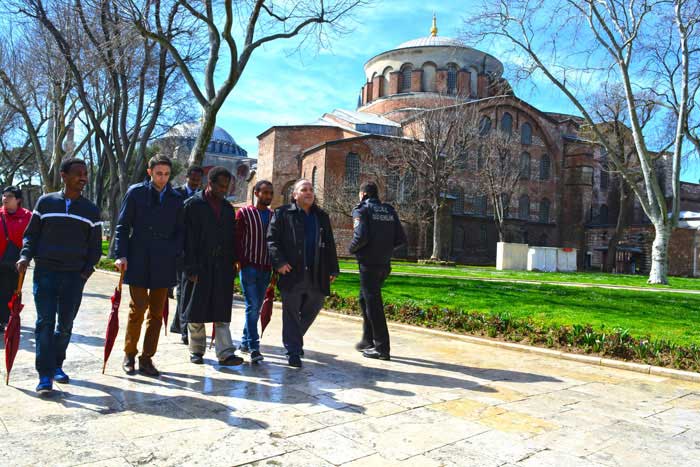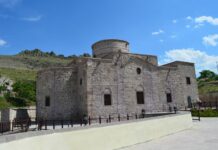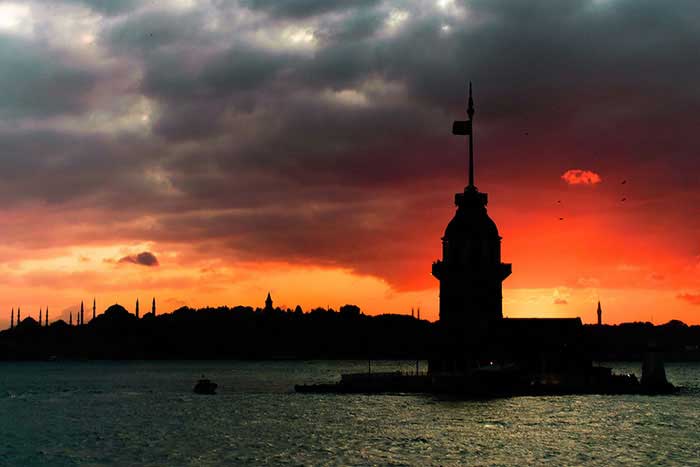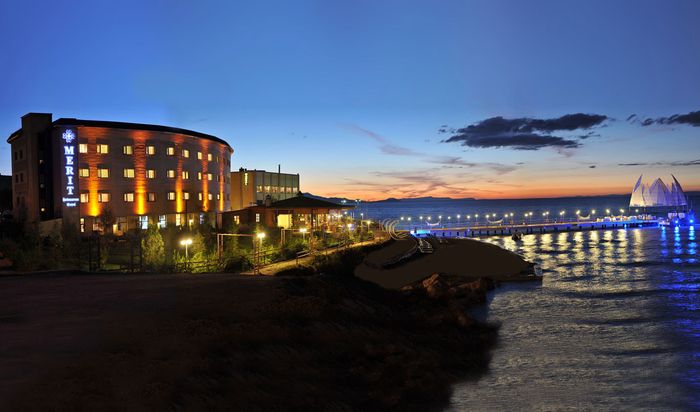Anatolia was successively a home for the civilizations of the Hittites, the Assyrians, the Lydians and the Persians. After Alexander the Great`s invasion, it became the home of still more civilizations, the results of which we can see today. Reflecting these developments, Yalvac`s inexhaustible love of culture and civilization continued as if it had set sail on the sea of hope.
Despite his youthfulness, Alexander`s military genius enabled him to conquer Anatolia in the course of his campaigns. Inspired by the teachings of famous philosophers and by the aspirations of his father, Phillip II of Macedon, he brought peace and security to the peninsula. After Alexander`s untimely death, the city of Antiocheia in Pisidia was founded on the southern side of the Sultan mountains by one of his generals, Seleukos, or possibly his son, Antiochos. In 39-36 BC, the city was ruled by Amyntas and it later was incorporated into the territories of the Galatians.
Colonia Caesarea Antiocheia
During Roman times, the city became a substantial Roman colony known as “Colonia Caesarea Antiocheia”. This was one of the first Roman colonies to be established in Pisidia and also the biggest. The 5th and 7th Roman Legions were established at this colony. As a result, Antiocheia was to become one of the most Romanized of all Anatolian cities; so much that Emperor Augustus chose the city to be the second capital in Asia Minor (as the Romans referred to Anatolia) and had 3,000 of his veterans relocated here from Rome.
The city was even divided up into seven districts, which were named after those in Rome. Henceforth, Rome and Antiocheia were considered as sister cities. Moreover, one copy of the
Latin text, which is known as “Res Gestae Divi Augusti” (The Deeds of the Deified Augustus) and which relates to the deeds he accomplished, has been found here.
By the end of the 3rd century, Antiocheia had become the biggest city of Pisidia. The coins unearthed during excavations, reveal the wealth and power of the city in this period.
With the beginning of the Arab invasions in 713, however, the city`s fortunes went into decline. On the other hand, the architectural works indicate that the city recovered and retained its importance in the Middle Ages.
After the middle of the 13th century, people began abandoning the city, moving to other parts of the region or leaving it entirely. Antiocheia, the home of human settlement and culture for thousands of years, sank into the obscurity of depopulation and neglect.
Read More about Milano Creative Industry








